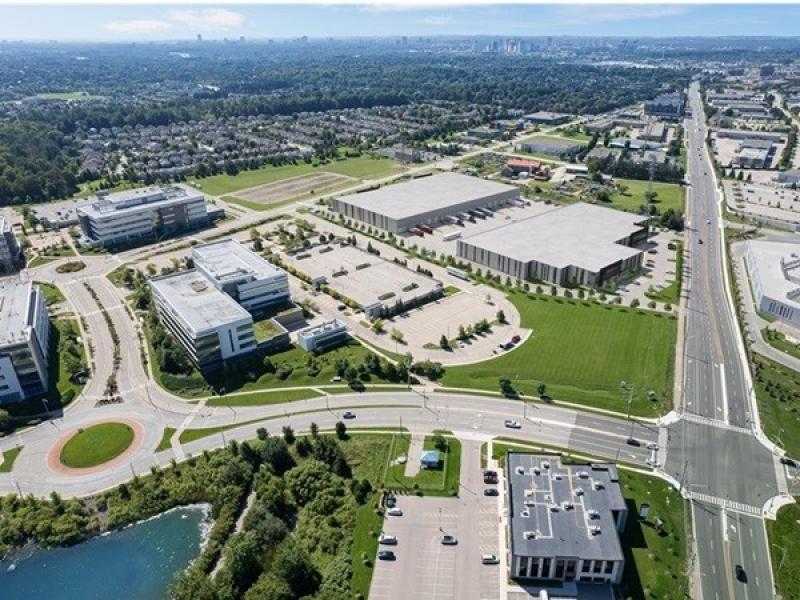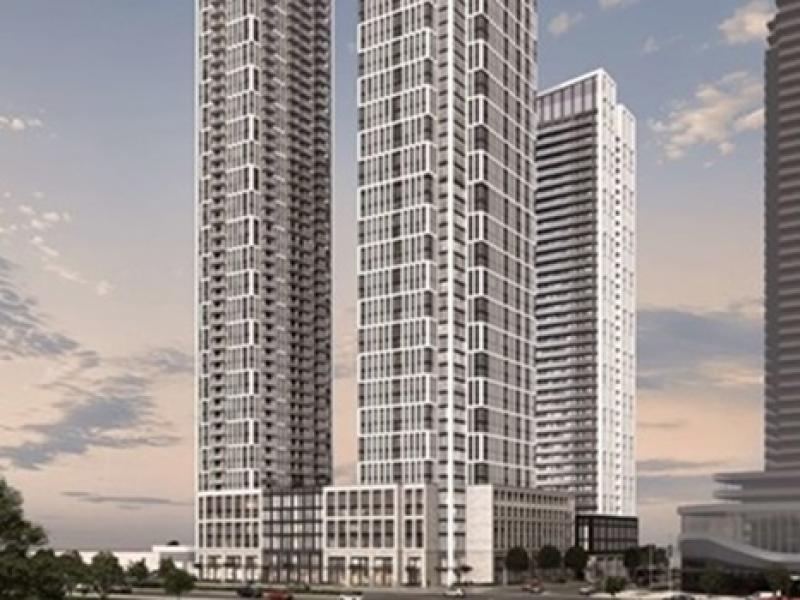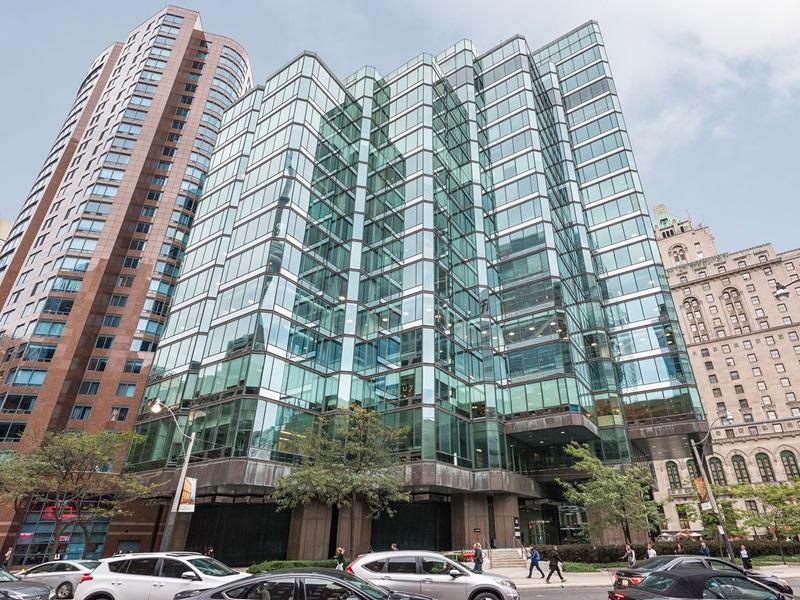
The Greater Toronto Area (GTA) is facing a “severe” supply gap of 235,000 rental housing units over the next decade according to building industry association BILD, and it expects that shortfall to continue to widen.
The finding is among the key housing considerations outlined in The Pathway for Rental Housing Stock – Second Edition, a white paper written by the Toronto-based Building Industry and Land Development Association (BILD), along with real estate consultancies Urbanation and Finnegan Marshall.
It updates a report published two years ago examining the purpose-built rental (PBR) market in the region.
Development conditions in the apartment market have slightly improved since 2023, driven by efforts to cut taxes on new buildings as well as cities such as Mississauga and Vaughan reducing development charges and property taxes. However, inflation and rising construction costs have offset many of the benefits.
“The deficit that we’re looking at seems to be getting larger from an amount of purpose-built rental units being built versus what the anticipated demand will be,” Justin Sherwood, the senior vice-president of research, stakeholder relations and communications at BILD, said in an interview with RENX.
The report states over 200,000 purpose-built rental units in the planning stages are currently sidelined. More has to be done to improve the economic feasibility of “desirable” rental housing that is not intended to be converted to an owned dwelling, Sherwood said.
Rental relief likely temporary
As one means to address concerns about high housing costs, governments across Canada and the housing industry have emphasized the need to significantly boost rental supply.
Demand for rental housing remains elevated in the GTA. Immigration has added over 550,000 people to the region over the past two years, putting pressure on rental supply.
The GTA rental vacancy rate in 2024 was 2.5 per cent, the highest in 15 years other than during the COVID-19 pandemic. The average during the past decade was 1.5 per cent, BILD's report states.
With the federal government lowering immigration numbers in recent months, and almost 35,000 rental units added to the market in 2024 (more than doubling the 10-year average), asking rents slightly decreased over 2024 and 2025.
As an example, the average asking price for a purpose-built rental or condo apartment in March fell six per cent year-over-year to $2,548, the lowest in 30 months. But the rent relief is likely temporary, as it is “largely because there’s a big amount of PBR units coming on stream right now,” Sherwood explained.
PBR starts rise, but offset by condo collapse
One problem on the horizon, the report states, is that the growth of rental supply is projected to fall off a cliff. BILD found condo apartment starts, a building type which provides the largest proportion of rental supply in the GTA, halved in 2024 compared to 2023 to a 25-year low of just under 8,800 units.
Though purpose-built rental starts rose seven per cent from 2023 to 2024 to 6,637 units, primarily because of the tax relief and development charge cuts, rental demand is anticipated to far outpace the supply. The supply deficit of rental housing is expected to rise by 121,000 units over the next 10 years, on top of 114,000 units from 2016 to 2024.
Purpose-built rentals will have to do most of the heavy lifting to meet this supply gulf with condo investors retreating and few buildings under construction. To meet a goal of delivering an additional 100,000 rental units beyond what the market is on track to offer, starts must increase to 16,000 to 19,000 units per year, BILD says.
“The story’s not one of immigration . . . It is failure to be able to create the economic conditions that allow us to build housing at rate that is affordable,” Sherwood said.
Making PBRs financially viable
As institutional investors are not finding the returns they need to finance purpose-built rentals, Sherwood said it is vital to have all three levels of government cooperate to reduce the cost of construction and make their development more economically feasible.
Recommendations are:
- expanding the Canada Mortgage and Housing Corporation’s funding programs;
- attracting foreign capital for housing with steps like defining housing as critical infrastructure, or lifting the foreign buyer ban; and
- the Ontario government compelling municipalities to use their development charge reserves for projects with a rental or mixed-use component.









